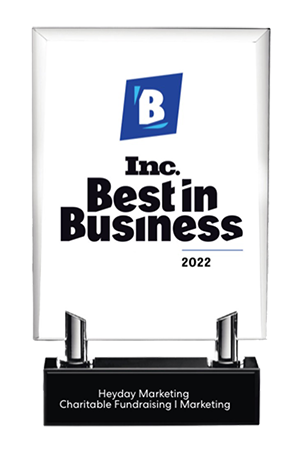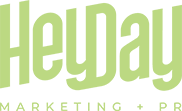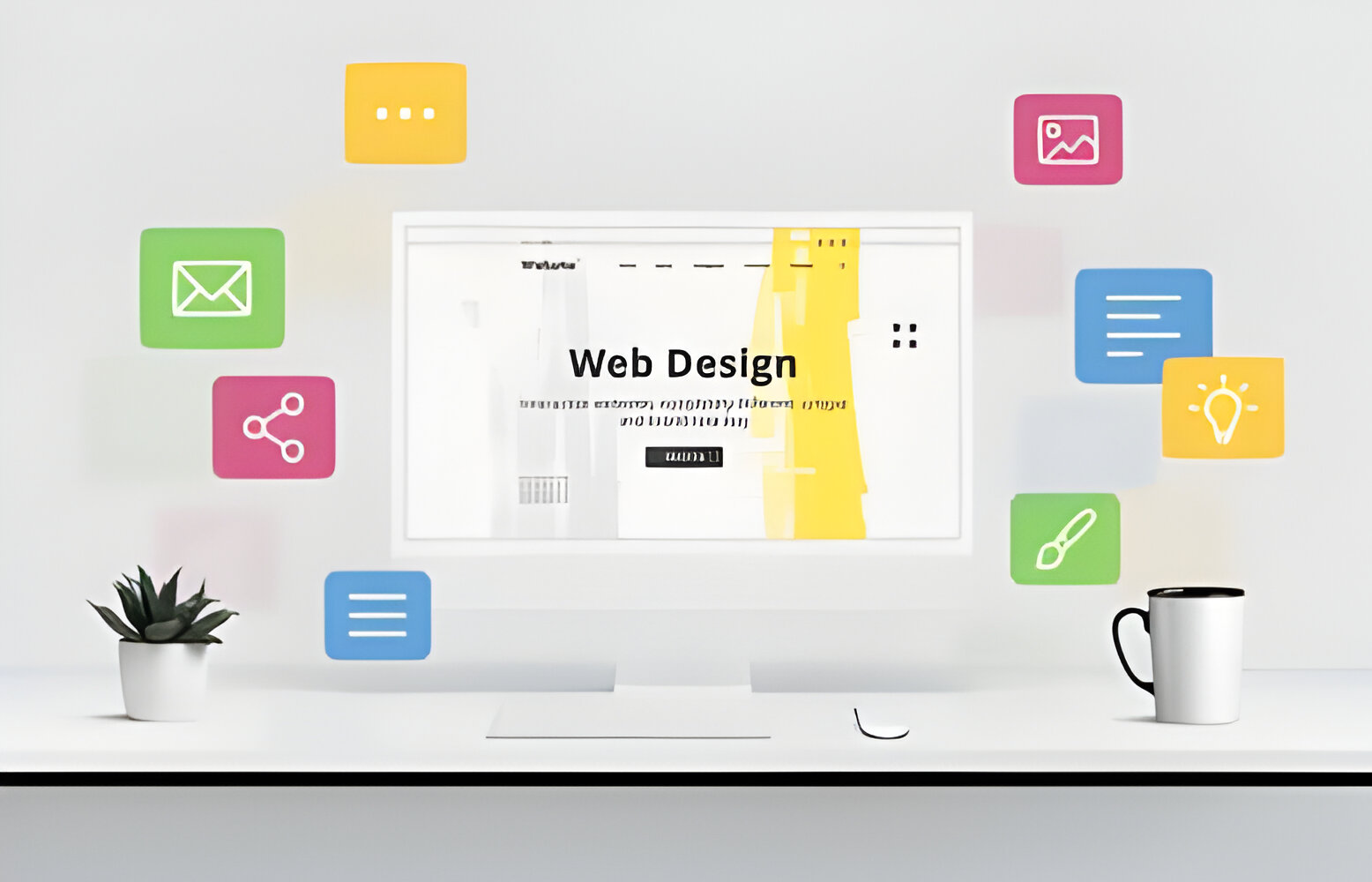Have you ever wondered why most fast-food restaurants use ‘red’ as the dominant color in their branding, or ‘blue’ in the case of insurance companies? Colors have a bigger significance in human psychology than just its looks and attractiveness. Each of them has attributes that trigger our minds to respond in a certain kind of way, mostly involuntarily.
Research shows that strategic use of colors can, firstly, increase brand recognition by 80% and increase visual appearance by 93%. However, the more important statistics show 80% of consumers make a buying decision based on just color.
The study of how colors affect human behaviors is called color psychology, and it aims to determine how colors affect mood, decisions, and the state of mind. Playing with colors is a very useful skill to have, especially if you’re in the industry of communication, like marketing or advertising!
For marketers, advertisers, and branding leads, the art of persuasion is what converts powerful strategies into sales. Many different factors can influence a buying decision of a customer in your store, from strategic product placements and environmental signages to the lighting conditions and music in the background. More than just the ability to differentiate a brand from another, color is one such tool that can enhance messages and inspire consumers to take action.
How do colors in marketing influence people?
Color psychology shows how different colors determine specific human behaviors, and the psychology behind it is used in advertising and marketing to evoke specific emotional reactions that are useful to a company.
A research conducted by the secretariat of the Seoul International Color Expo found that 93% of buyers’ focus goes on the visual appearance! In a breakdown, the color, look, and feel of a product can affect 93% of a buying decision, followed by textures which affects 6% and sounds and smell by 1%.
In the case of fast-food restaurants, the red color you often see on most of their branding is specifically because the color arouses hunger and influences action, whereas blue induces a calm and is a color of trust, which is why most insurance companies have made it part of their signature look. You may very rarely see a red color being used for insurance, for example, as it also means danger.
Here’s a fun fact: fine dining luxury restaurants often use classical music in the background as it aids customer’s in perceiving their wine selections as high-end, inclining them to order a higher priced dish to go with it!
The Meanings of Colors
#1. Red
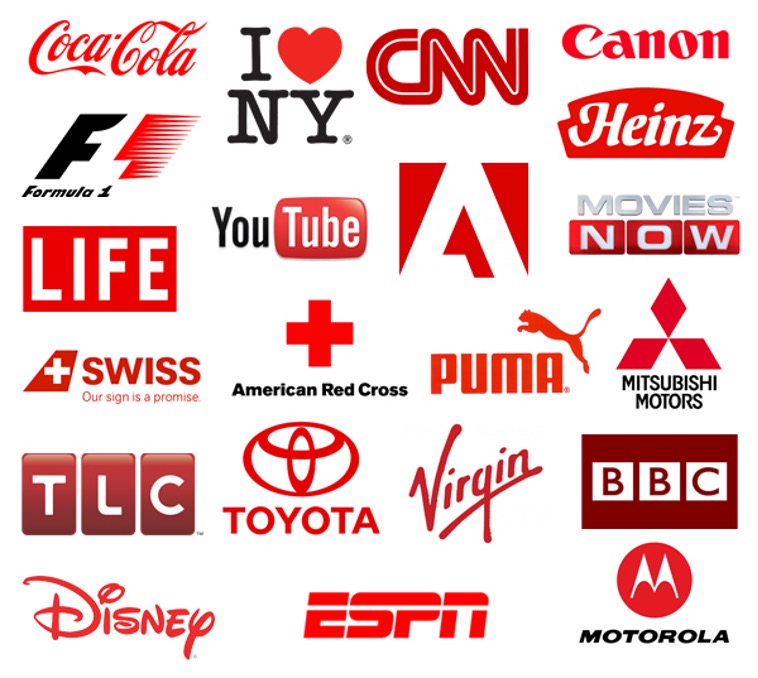
This color evokes strong emotions, increases appetite, symbolizes passion and love, and represents high intensity and action. It is also known to increase heart rates, which is why it’s used extensively on impulsive buyers.
Red also creates urgency, which makes it a perfect color for clearance sales. It’s also related to survival, alertness, and awareness. It also highly represents danger, but combined with good strategy on other factors eliminates this entirely.
#2. Yellow
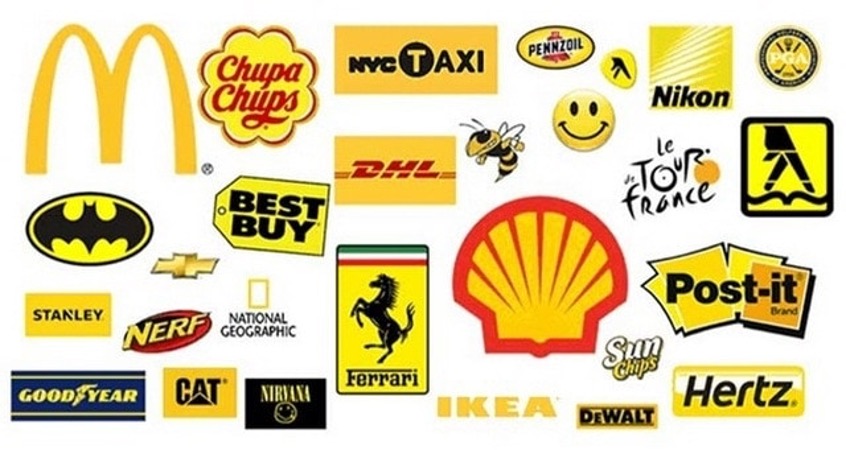
This color, as most commonly known, is the color of happiness. It highly influences optimism, youthfulness, and clarity. It is a strain on the eyes but also induces cheerfulness. It’s a very easy color to use if grabbing attention is the goal and is very well used to attract window shoppers! Most baby products and toys also utilize this color as research shows it’s the first color that infants react towards.
Yellow can be seen from a far distance, but it can also increase anxiety, which is why using it in the right balance is very important.
#3. Blue
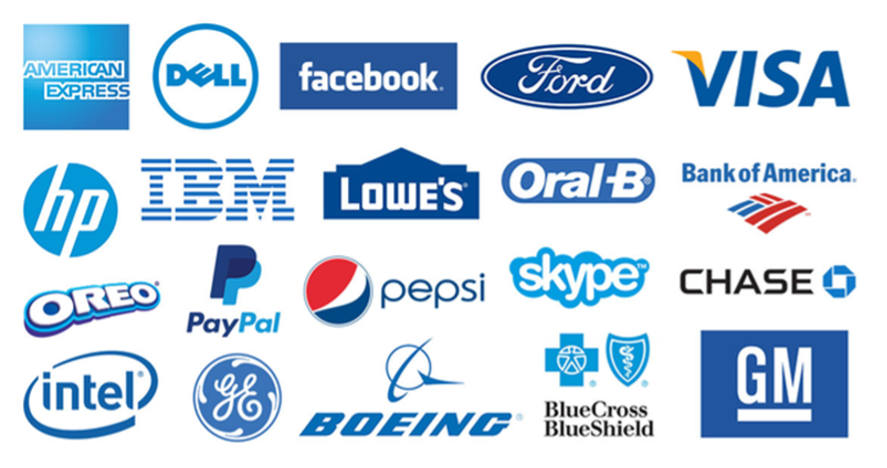
This color is synonymous with water and the sky. It carries calming vibrations. It is known to increase productivity, which is the exact reason it is used in a lot of offices, especially since it helps to reduce stress levels at the same time due to its reassuring affects. Speaking of reassurance, it is the color of confidence and very useful for financial institutions. It also inspires loyalty.
#4. Orange
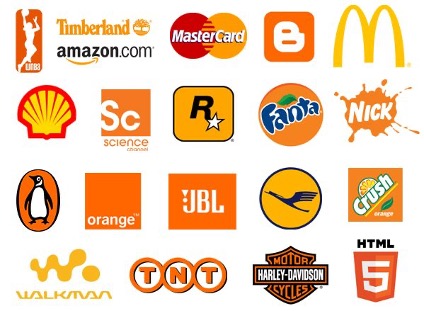
The color orange first and foremost reflects enthusiasm and excitement. Brands with this color are perceived as cheerful and confident, which makes it a really good choice for call to actions, such as buttons on websites which say subscribe, buy, or sell. The color also associates with good value and affordability, which makes a lot of sense for thrift stores!
On the other hand, it can show aggression, which can influence impulsive buyers, but must be used with caution.
#5. Green
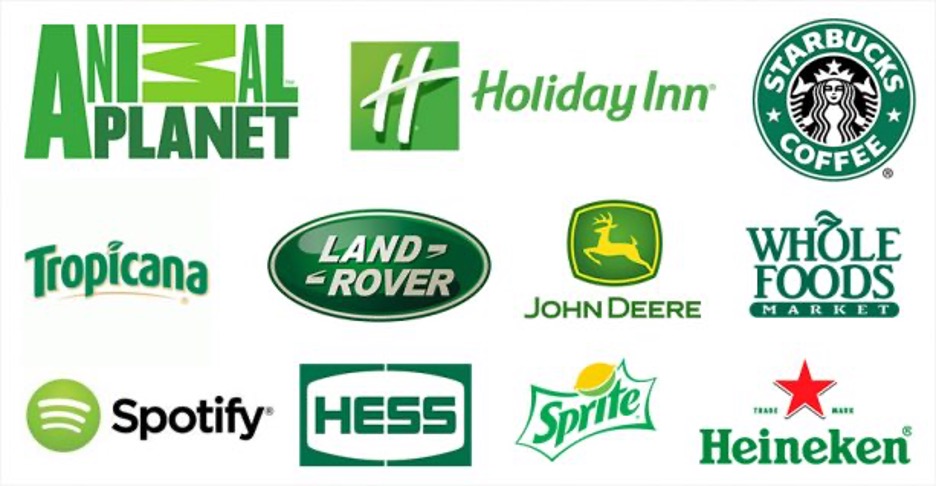
Green is a very naturistic color, and it highly signifies health, tranquility, and serenity. Since it’s the color of nature, it alleviates depression. In fact, the human eye is able to recognize more shades of green than any other color. It represents positive growth. It can also create a balanced and relaxed feeling, especially indoors. It is, of course, the symbol of fertility.
Green has been very synonymous eco-friendliness and can be used to attract clients who are deeply interested in the wellbeing of the planet.
#6. Purple
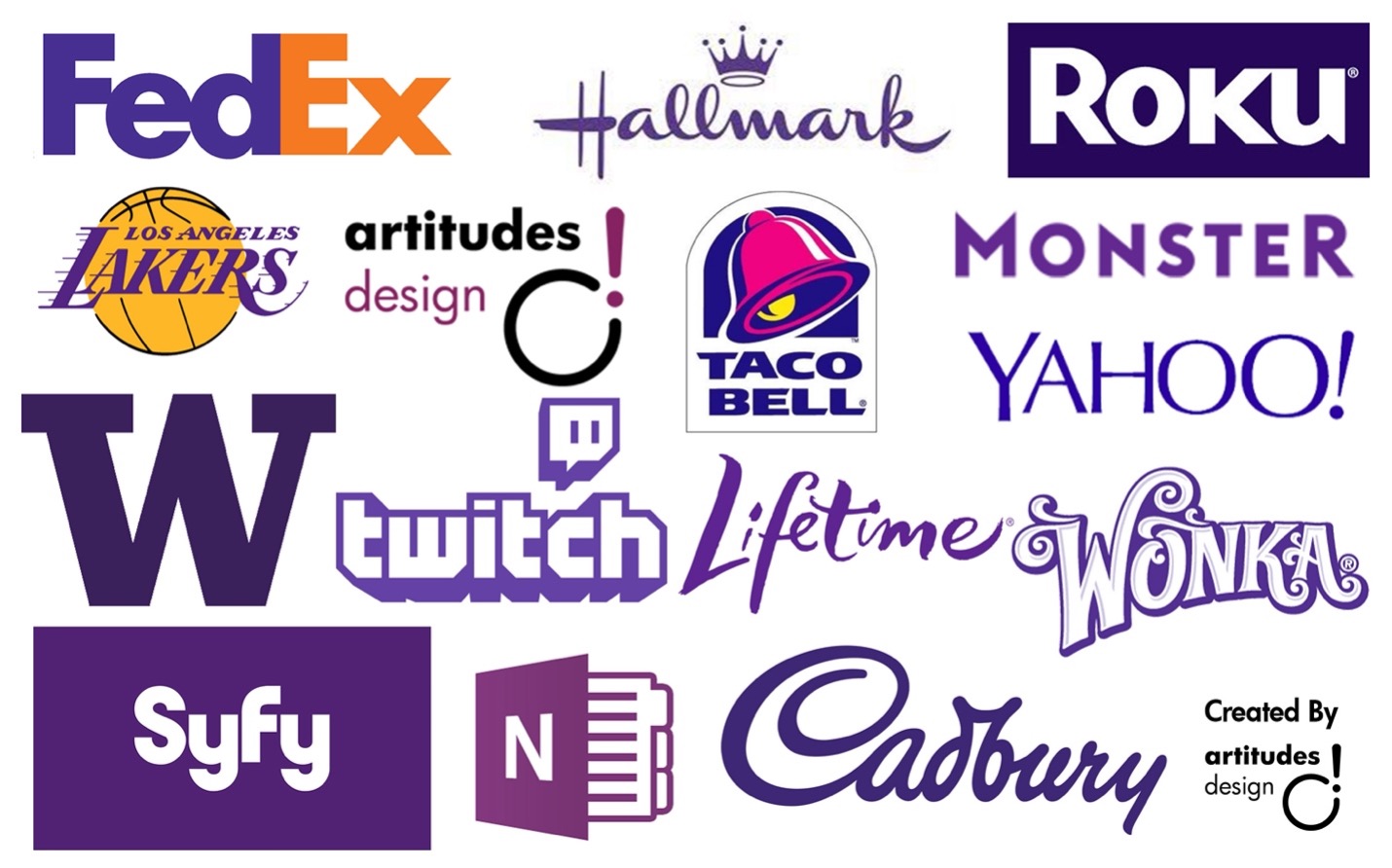
Purple is one of the only colors to represent unique and wide-ranging triggers. It is first and foremost the color of royalty, success, wealth, and wisdom. It is also used to soothe and calm for the appropriate kind of audience and widely used in cosmetics and anti-aging products. Many brands use this color for its imaginative outlook.
This color is a perfect blend of the stability of blue and the power of red, making it the most common color for luxury items. It is very widely used in creative industries since it’s the color of mystery, creativity, and regeneration. Too much purple, however, attracts a lot of distractions and introspection.
#7. Black
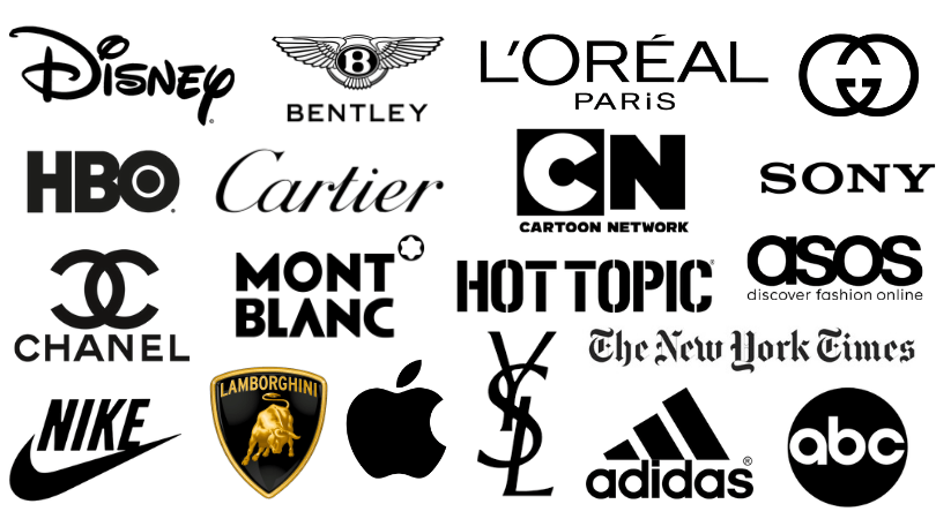
Black is the color of sophistication, mystery, power, and control. It’s widely used to sell sleek products and brands like to use it to sell products that are reserved in nature. It is a very dominating color and used in high-end cosmetic packaging to show qualities of leadership. It is also very broadly used by brands which are very prominent and international, and to create a structured and institutionalized feeling.
Caution, however, as too much of this color denotes negativity and oppression.
#8. White / Grey
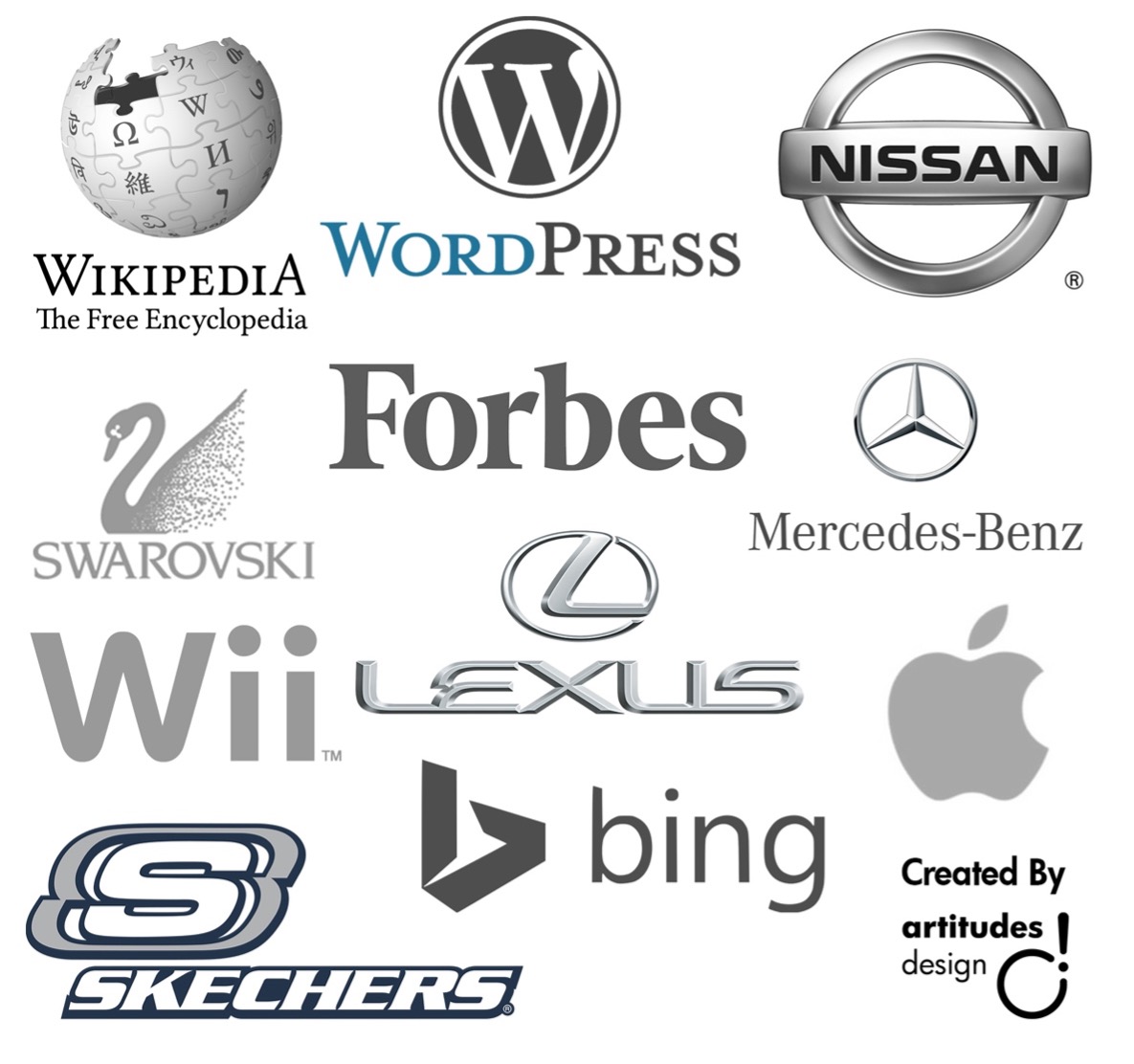
White/Gray are mostly used in combination with other colors, especially since most media, whether print or digital, are printed on white backdrops, where grey stands in for the white. However, these colors hold valuable meaning to whomever makes great use of them. They denote cleanliness, purity, and safety and is a perfect color to project neutrality. White is usually quite strategically used to add breathing space, especially by brands who make use of positive/negative spaces in their branding.
White is the best color to create contrast against any other color, which is why most shelves and aisles in supermarkets or outlets utilize it. It is also the color of clarity, freshness, and used to spark creativity. Openness and approachability are on of its key attributes.
Finally…
Every color has its own, shall we say, superpowers and can create wonders when used appropriately. Powerful messages can be communicated to an audience to attract a certain kind of behavior.
However, it’s very important to use each and every color in its own moderation. Each color can represent its own dominance in branding but is always accompanied by 20%-30% of a secondary color in order to avoid monotony. It is important to keep in mind that just because a color may carry an attribute, it does not necessarily solve every problem. Most problems can also be solved using other solutions.
Dominating colors must primarily be used to represent one major point of communication, which is also why we see brands sticking to two, or at max three, colors within their branding, all having their own intensity.
And there you go – you are ready and set to utilize color psychology to achieve results!
